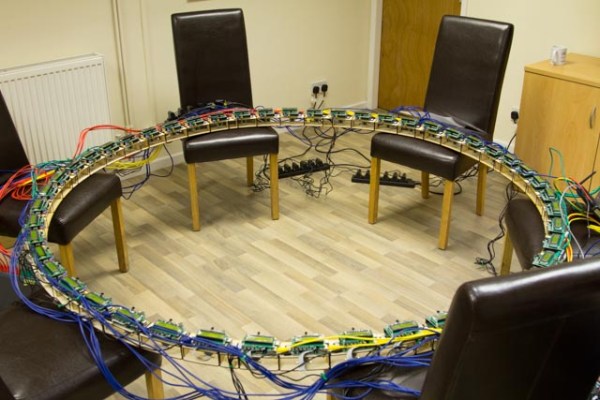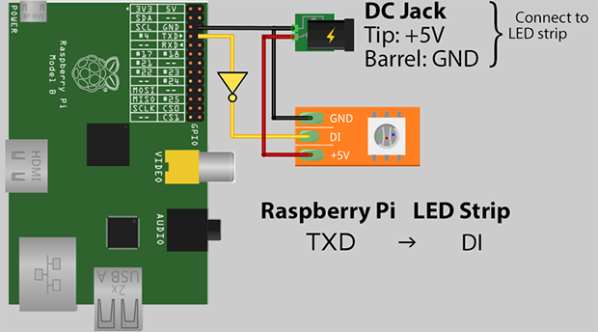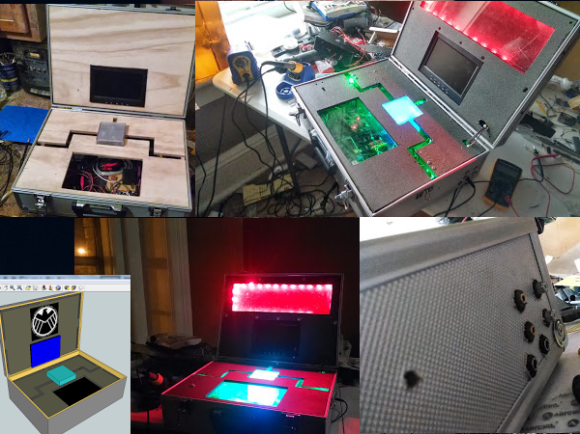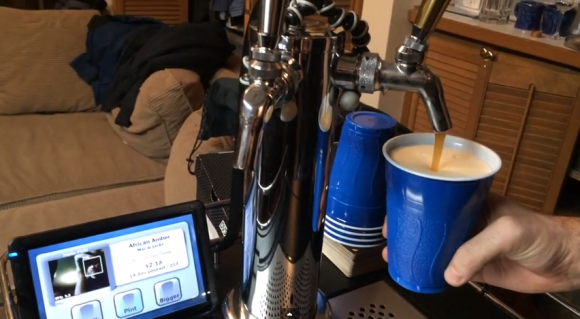What happens when you strap 48 Raspberry Pi cameras together with nearly half a kilometer of network cables? You get your own bullet time capture rig.
Originally inspired by the unique film effect of the Matrix and an old BBC documentary called Supernatural: The Unseen Powers of Animals, the owner of PiFace decided to try re-creating the bullet time effect himself.
To create the rig they’ve taken 48 Raspberry Pis, each with a PiFace controller board and the standard camera. The controller board allows the Raspberry Pi to be used without a keyboard or mouse, so all the network cables have to do is send a simple code to each pi in order to take the pictures. A simple laser cut wood profile is used to snap them all together into a giant ring.
While 48 Raspberry Pis is a lot, they think this is a reasonable project for a classroom environment — besides, how cool would it be to go to school and film your own bullet time stunts?
Continue reading “Frozen Pi — An Affordable Bullet Time Recorder”





 Kegerator ownership is awesome, but it has its downsides. It’s hard to keep track of who drank what without cans or bottles to count. [Phil] was looking for a good solution to this problem when it came to sharing beer with his roommates and friends and has just completed
Kegerator ownership is awesome, but it has its downsides. It’s hard to keep track of who drank what without cans or bottles to count. [Phil] was looking for a good solution to this problem when it came to sharing beer with his roommates and friends and has just completed 










